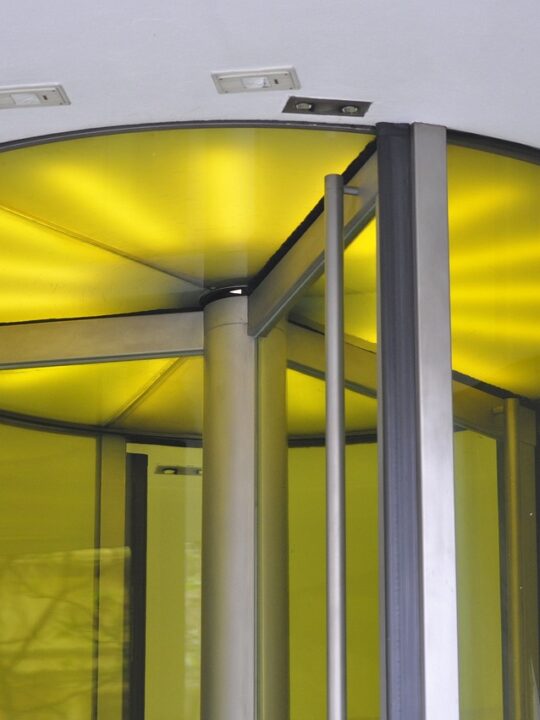With over 6,000 species of coral in the world, these unique animals have a huge range of shapes, colors, and textures.
Because of their easy maintenance and beautiful features, many people look to include corals in their tanks. SPS corals are some of the most difficult to grow, so many beginners are hesitant to start with them.
Keep reading to learn everything you need to know about SPS corals for beginners.
Table of Contents
SPS Coral Types
SPS corals, or small polyp stony corals, have encasements that are made up of carbon and other minerals, making this group the hard corals. They are essential to the health of the reef aquarium because they are the backbone of the coral reef.
If you’re a beginner aquarist, it’s best to stick to only one type of coral in your tanks. Since SPS corals and LPS corals (soft corals) have very different care requirements, it can get tricky for beginners to balance.
One of the easiest SPS corals to start with is the Montipora coral. There are a few strains of this, including the Blue Polyp Montipora coral.
SPS Coral Care
One of the most important considerations is light. SPS coral needs moderate to high light intensity. To better control the light, it’s best that you use LED lighting rather than only relying on natural light.
The ideal temperature range for SPS coral is between 77 to 88 degrees Fahrenheit or 25 to 27 degrees Celcius. The ideal pH of the water in the tank is between 8.1 and 8.4.
You need a substrate to place your coral on. Invest in high-grade reef sand for best results.
When placing the coral in your tank, you want to keep some space between each one, since some corals can get aggressive with their neighbors. Since you want to leave enough space for the coral to grow, it’s best to start with about six inches of space between each one.
SPS coral grows relatively quickly, so trimming is important. At a minimum, you should trim them once a month. When trimming, cut at an angle so that regrowth is easier.
You can place these trimmed pieces in a fragging tank to propagate the pieces. This means the coral will continue to grow, provided you give it supplements and support. Once it’s bigger, you can introduce it back into the tank or use it as a new piece in another tank.
Since SPS coral is in a symbiotic relationship with the zooxanthellae inside of them. This means that with enough light, the coral doesn’t need food to survive. But some people report that extra food helps boost the growth and health of the coral.
SPS Corals for Beginners
Now that you know the basics of SPS corals for beginners, you can start the aquarium reef of your dreams.
Keeping these tips in mind will help you pick the easier corals to start with. You’re also armed with the information to keep your coral alive.
If you enjoyed this article, check out our blog for more content!







